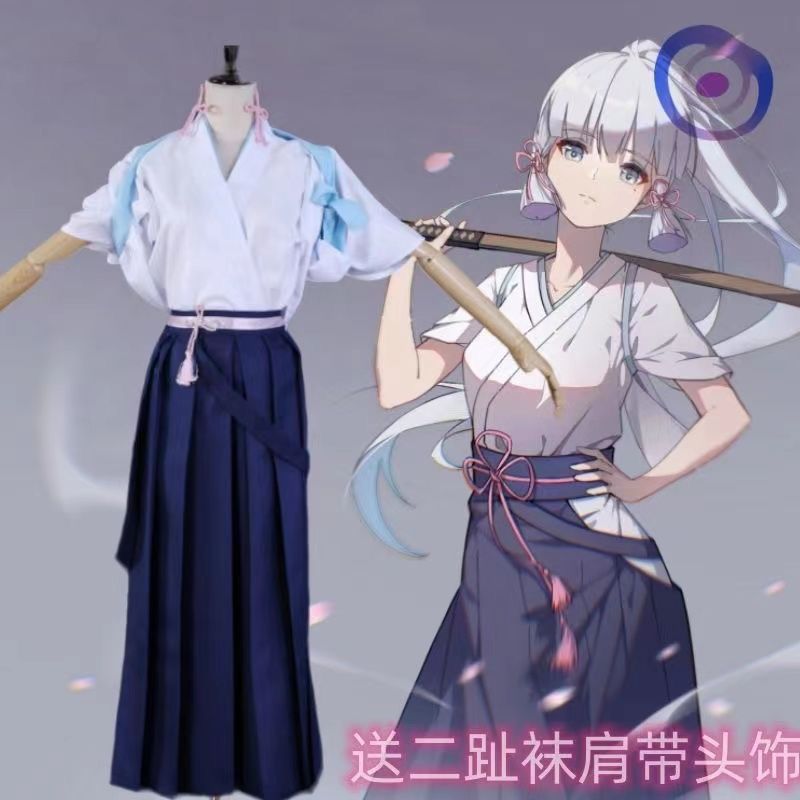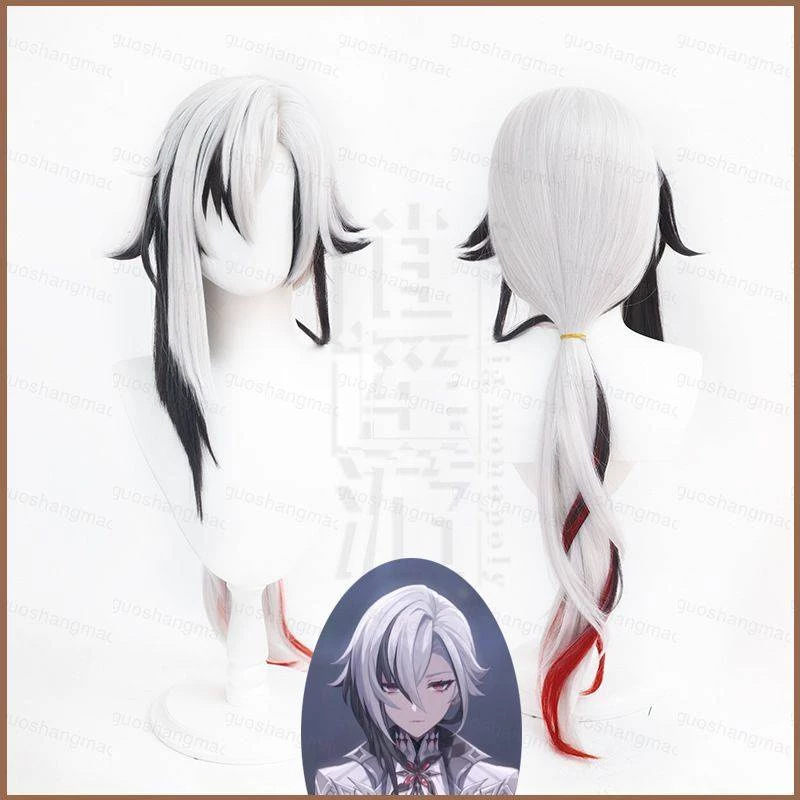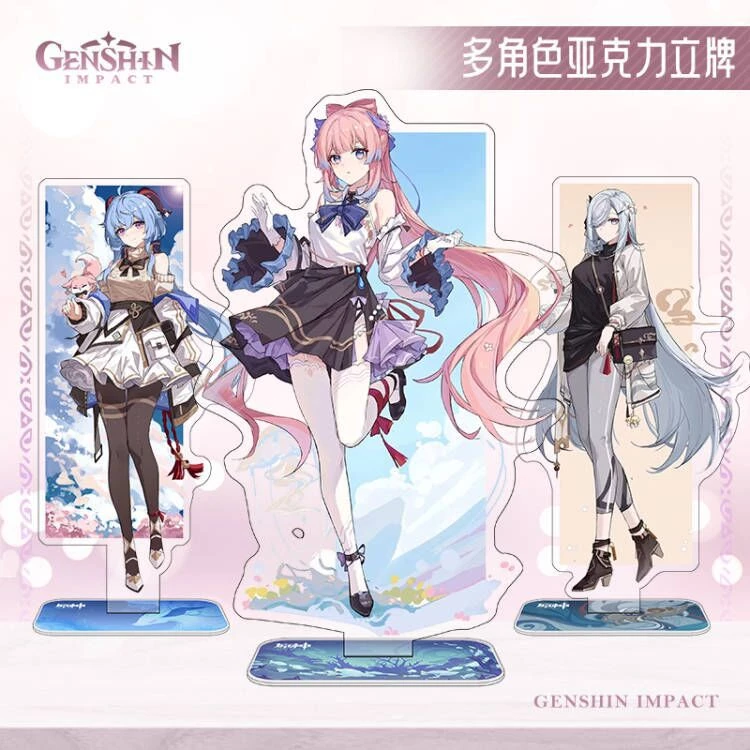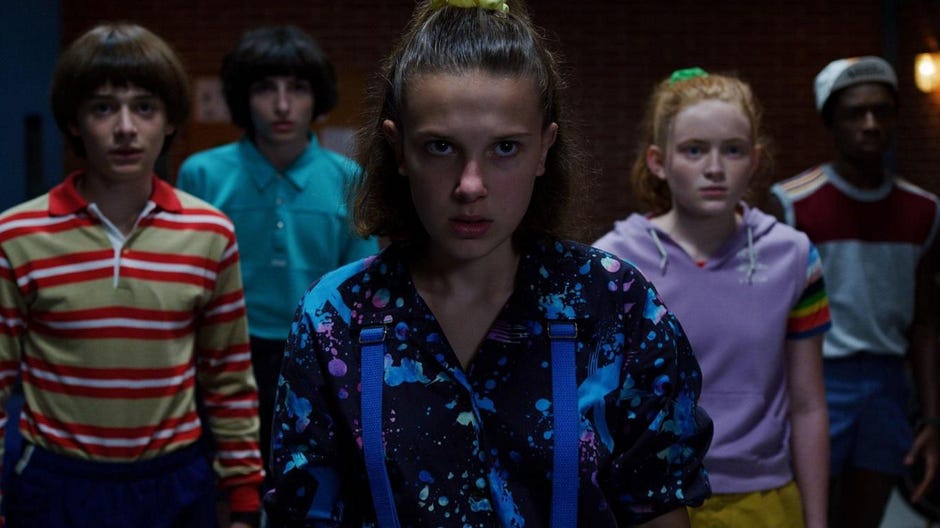Chiến tranh Xô–Nhật
| Chiến tranh Xô-Nhật | |||||||
|---|---|---|---|---|---|---|---|
| Một phần của Chiến tranh Thái Bình Dương của Chiến tranh thế giới II | |||||||
 Thủy thủ Xô Viết Giang đội Cờ đỏ Amur mừng chiến thắng vào ngày VJ | |||||||
| |||||||
| Tham chiến | |||||||
|
| |||||||
| Chỉ huy và lãnh đạo | |||||||
|
[1] |
| ||||||
| Thành phần tham chiến | |||||||
|
Phương dện quân 2 Các đơn vị độc lập | ||||||
| Lực lượng | |||||||
|
Liên Xô: 1.577.225 người,[2] 26.137 pháo binh, 1,852 pháo binh, xe tăng và pháo tự hành 5.368 máy bay |
Nhật Bản: 983.000 người,[a] 5360 pháo binh, 1155 xe tăng, 1800 máy bay, 1215 phương tiện Manchukuo: 170.000 người Mengjiang: 44,000 men[1][2] | ||||||
| Thương vong và tổn thất | |||||||
|
Tuyên bố của Liên Xô: 12.031 chết 24.425 bị thương[3][4] |
Tuyên bố của Nhật Bản: Tuyên bố của Liên Xô:
| ||||||
Chiến tranh Xô–Nhật (tiếng Nga: Советско-японская война; tiếng Nhật: ソ連対日参戦) là một cuộc xung đột quân sự trong Chiến tranh thế giới thứ hai bắt đầu ngay sau nửa đêm ngày 9 tháng 8 năm 1945, với cuộc xâm lược của Liên Xô tới những quốc gia bù nhìn của Nhật Bản là Mãn Châu. Liên Xô và Mông Cổ chấm dứt sự kiểm soát của Nhật Bản đối với Mãn Châu, Mông Cương (Nội Mông), Triều Tiên, Karafuto và Quần đảo Chishima (quần đảo Kuril). Sự thất bại của đạo quân Quan Đông Nhật Bản đã khiến Nhật Bản đầu hàng và chấm dứt Chiến tranh Thế giới thứ hai.[8][9] Sự tham gia của Liên Xô vào cuộc chiến là một yếu tố quan trọng trong quyết định đầu hàng vô điều kiện của chính phủ Nhật Bản. Bởi lẽ, điều đó chứng minh rằng Liên Xô sẽ không còn đóng vai trò bên thứ ba trong việc đàm phán hòa bình với các điều kiện.[1][10][11][12][13][14][15][16]
Chú thích
[sửa | sửa mã nguồn]- ^ Glantz credits the Japanese with 713.000 người tại bắc Triều Tiên và Mãn Châu, và 280.000 tại nam Triều Tiên, Sakhalin, và the Kuriles.
- ^ 41,199 is the listed total of Japanese soldiers in Soviet custody on August 19, two days after the surrender of the Kwantung Army by order of Hirohito and four days after Hirohito announced the surrender of Japan. Post-war, 594,000 to 609,000 Japanese soldiers ended up in Soviet custody.
- ^ Coox, Alvin D. Nomonhan; Japan Against Russia, 1939. 1985; 2 volumes. Stanford University Press. ISBN 0-8047-1160-7. Page 1176. 21,389 dead is from Japanese medical records; the Soviets claimed that the number of Japanese dead numbered 83,737. This number does not count POWs who died due to mistreatment in camps after the war.
- ^ After the war, the number of Japanese soldiers and amounts of materiel in Soviet possession are as follows: 594,000–609,000 POWs, 861–925 aircraft, 369–600 tanks, 2,576–3,704 guns and mortars, and 2,129–2,300 other vehicles
Tham khảo
[sửa | sửa mã nguồn]- ^ a b c David M. Glantz, "August Storm: The Soviet 1945 Strategic Offensive in Manchuria" Lưu trữ 2017-09-09 tại Wayback Machine. Leavenworth Papers No. 7, Combat Studies Institute, February 1983, Fort Leavenworth, Kansas.
- ^ a b Glantz, David M. & House, Jonathan (1995), When Titans Clashed: How the Red Army Stopped Hitler, Lawrence, Kansas: University Press of Kansas, ISBN 0-7006-0899-0, p. 378
- ^ Glantz, David M. & House, Jonathan (1995), When Titans Clashed: How the Red Army Stopped Hitler, Lawrence, Kansas: University Press of Kansas, ISBN 0-7006-0899-0, p. 300
- ^ G.F. Krivosheev, ed., "Russia and the USSR in twentieth century wars: A statistical survey". Moscow: 'Olma-press', 2001, page 309.
- ^ Cherevko, Kirill Evgen'evich (2003). Serp i Molot protiv Samurayskogo Mecha. Moscow: Veche. ISBN 5-94538-328-7. Page 41.
- ^ Coox, Alvin D. (1990) [1985]. Nomonhan: Japan Against Russia, 1939. Stanford, California: Stanford University Press. tr. 1176. ISBN 9780804718356. Truy cập ngày 9 tháng 2 năm 2017.
- ^ Australian War Memorial."Australia-Japan Research Project: Dispositions and deaths". Citing figures of the Relief Bureau of the Ministry of Health and Welfare, March 1964. Total dead in Manchuria are given as 45,900 for the IJA, but this includes the earlier Soviet-Japanese border conflicts (~10,000 deaths), soldier killed by Chinese Northeast Anti-Japanese United Army and Chinese Anti-Japanese volunteer armies in Manchurian insurgency(~15,000 deaths), and POW deaths after the war.
- ^ The Associated Press (ngày 8 tháng 8 năm 2005). “A Soviet Push Helped Force Japan to Surrender”. The Moscow Times. Bản gốc lưu trữ ngày 12 tháng 12 năm 2013. Truy cập ngày 29 tháng 4 năm 2018.
- ^ Lekic, Slobodan (ngày 22 tháng 8 năm 2010). “How the Soviets helped Allies defeat Japan”. San Francisco Chronicle.
- ^ "Battlefield Manchuria – The Forgotten Victory", Battlefield (documentary series), 2001, 98 minutes.
- ^ Hayashi, S. (1955). Study of Strategic and Tactical peculiarities of Far Eastern Russia and Soviet Far East Forces. Japanese Special Studies on Manchuria (Bản báo cáo). XIII. Tokyo: Military History Section, Headquarters, Army Forces Far East, US Army.
- ^ Drea, E. J. (1984). “Missing Intentions: Japanese Intelligence and the Soviet Invasion of Manchuria, 1945”. Military Affairs. 48 (2): 66–73. JSTOR 1987650.
- ^ Butow, Robert Joseph Charles (1956). Japan's decision to surrender. Stanford University Press.
- ^ Richard B. Frank, Downfall: The End of the Imperial Japanese Empire, Penguin, 2001 ISBN 978-0-14-100146-3. (Extracts on-line)
- ^ Robert James Maddox, Hiroshima in History: The Myths of Revisionism, University of Missouri Press, 2007 ISBN 978-0-8262-1732-5.
- ^ Tsuyoshi Hasegawa (2006). Racing the Enemy: Stalin, Truman, and the Surrender of Japan. Belknap Press. tr. 298. ISBN 0-674-01693-9.
 GIẢM
33%
GIẢM
33%
![[Review sách] Tàn ngày để lại: Còn lại gì sau một quá khứ huy hoàng đã mất](https://down-tx-vn.img.susercontent.com/sg-11134201-7rdx5-lxqgdohyz3nse3.webp) GIẢM
27%
GIẢM
27%
 GIẢM
30%
GIẢM
30%
 GIẢM
31%
GIẢM
31%
 GIẢM
32%
GIẢM
32%




